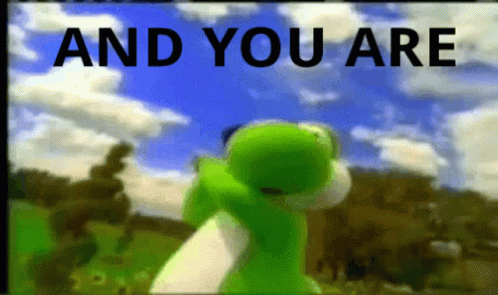Thanks! I love macro and have been shooting macro for many years. Last year I made a big decision and traded in all my Nikon gear for Sony, and came home with a Sony A7R IV and three lenses. Two of them were macro lenses, the 50mm f/2.8 macro and the wonderful 90mm f/2.8. The 90mm all but jumped on to the camera body just about every day throughout last winter. I absolutely adore that lens! It and the 100-400mm that I bought this past June are hands-down my two top favorite lenses. One reason I made the switch to Sony was that when Nikon brought out its new Z line, there were no macro lenses even listed on the "road map" for the future. Finally now there is but at this time, still no actual macro lens for users of the Z series unless they put one of their older macro lenses on the FTZ adapter. That was something I did not want to do. I've been very pleased with my new body and lenses and don't regret the choice I made last November. It'll be a year this Saturday!

I love to experiment. A lot of times I don't have any definite idea in mind and will look around and pick up some random object and think, "wonder what I can do with this?" and pull together a backdrop and a surface of some sort upon which to put the item, decide what kind of lighting situation I want (sometimes Nature decides for me when it's a very cloudy or rainy day) and then I slip a macro lens on the camera (usually it's the 90mm but the 50mm gets some action every now and then as well) and away we go..... Sometimes I'll spend just a few minutes, other times an hour can slip away while I'm busy exploring the subject as I see more possibilities as I'm going along. Sometimes I'll switch out lenses, other times I may change the lighting or the backdrop or add a prop or two. With lighting, I may get fancy and add a gel or two for different color effects. I just like to have a lot of fun with this!
As for shooting critters, I tend to go for the water birds and the smaller so-called "backyard birds," and the occasional cat or dog, but rarely any other type. I think it could be a lot of fun shooting Butters! Lighting situation, shutter speed and knowledge of a particular critter's behavioral patterns is helpful when shooting wildlife or domestic pets. It is easier to control some things such as aperture and shutter speed when shooting with a DSLR or a mirrorless camera and interchangeable lens. Also some so-called "bridge" or "super-zoom" cameras with a fixed, non-removable lens can be very useful, too, and although not exactly macro lenses, can be shot at the tele end so that one zooms in on the subject from a distance, which sometimes works very nicely with skittish critters. I sometimes use my Sony RX10 IV, which has a one-inch sensor and an amazing 24-600mm (35mm equivalent) lens to create closeups or pseudo macros. One of those all-in-one cameras can be really great not only around home but also for traveling.
It's surprising how much impact one can produce in an image even without a fancy studio with soft boxes, booms and other paraphernalia, and with today's amazing iPhones, definitely one can get some neat images, too. I don't shoot with the iPhone as often as I did in the past but I do every now and then pick it up and fire off a shot when I see something interesting away from home. At home I sometimes will use it as a preview of how shooting a particular subject or in a particular way might work or might not work. In general photography IS an expensive hobby, but as many people are finding with iPhones and other cell phones it doesn't have to be.

